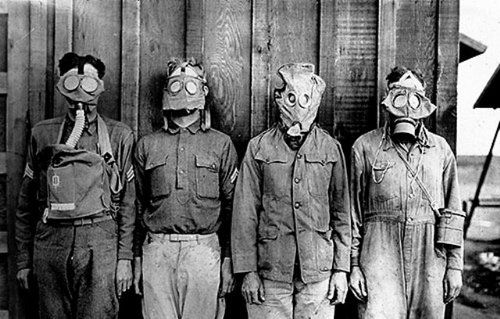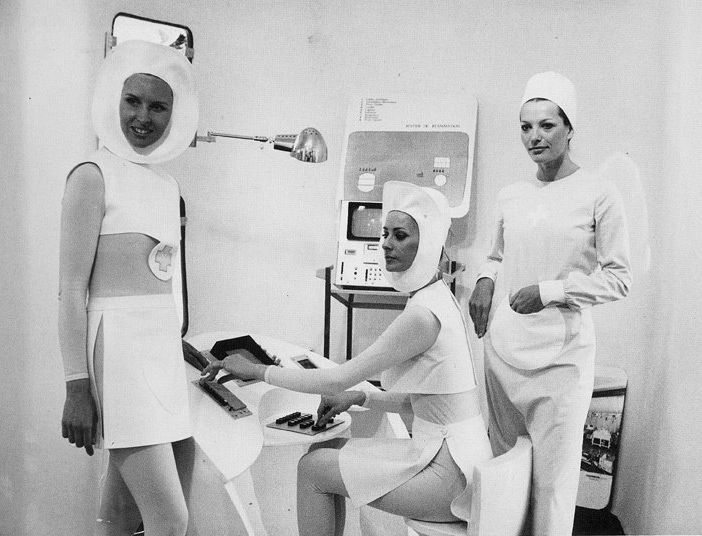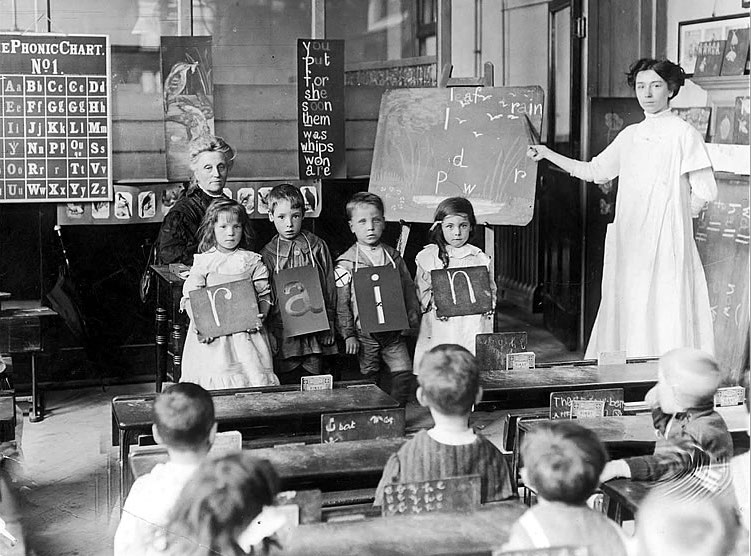The shocking, recent findings of economist Anne Case and her husband Angus Deaton in regards to the dying off of white, middle-aged Americans has been questioned, as all such eye-popping results should be, but a study of U.S. suicide rates between 1999 and 2014 seems to support their work, suggesting even that the problem is wider and deeper.
The new report a scarily large spike in citizens taking their own lives, close to 25%, and the surge cuts across most racial, gender and age groups. It could be the result of hollowing out of the middle class or the economic collapse or the opioid epidemic or the shift to a more technological age, but it’s probably a confluence of all those things and others. It may be a mismatch disease of some sort, but a mental one.
From Sabrina Tavernise at the New York Times:
WASHINGTON — Suicide in the United States has surged to the highest levels in nearly 30 years, a federal data analysis has found, with increases in every age group except older adults. The rise was particularly steep for women. It was also substantial among middle-aged Americans, sending a signal of deep anguish from a group whose suicide rates had been stable or falling since the 1950s.
The suicide rate for middle-aged women, ages 45 to 64, jumped by 63 percent over the period of the study, while it rose by 43 percent for men in that age range, the sharpest increase for males of any age. The overall suicide rate rose by 24 percent from 1999 to 2014, according to the National Center for Health Statistics, which released the study on Friday. …
The data analysis provided fresh evidence of suffering among white Americans. Recent research has highlighted the plight of less educated whites, showing surges in deaths from drug overdoses, suicides, liver disease and alcohol poisoning, particularly among those with a high school education or less. The new report did not break down suicide rates by education, but researchers who reviewed the analysis said the patterns in age and race were consistent with that recent research and painted a picture of desperation for many in American society.•



